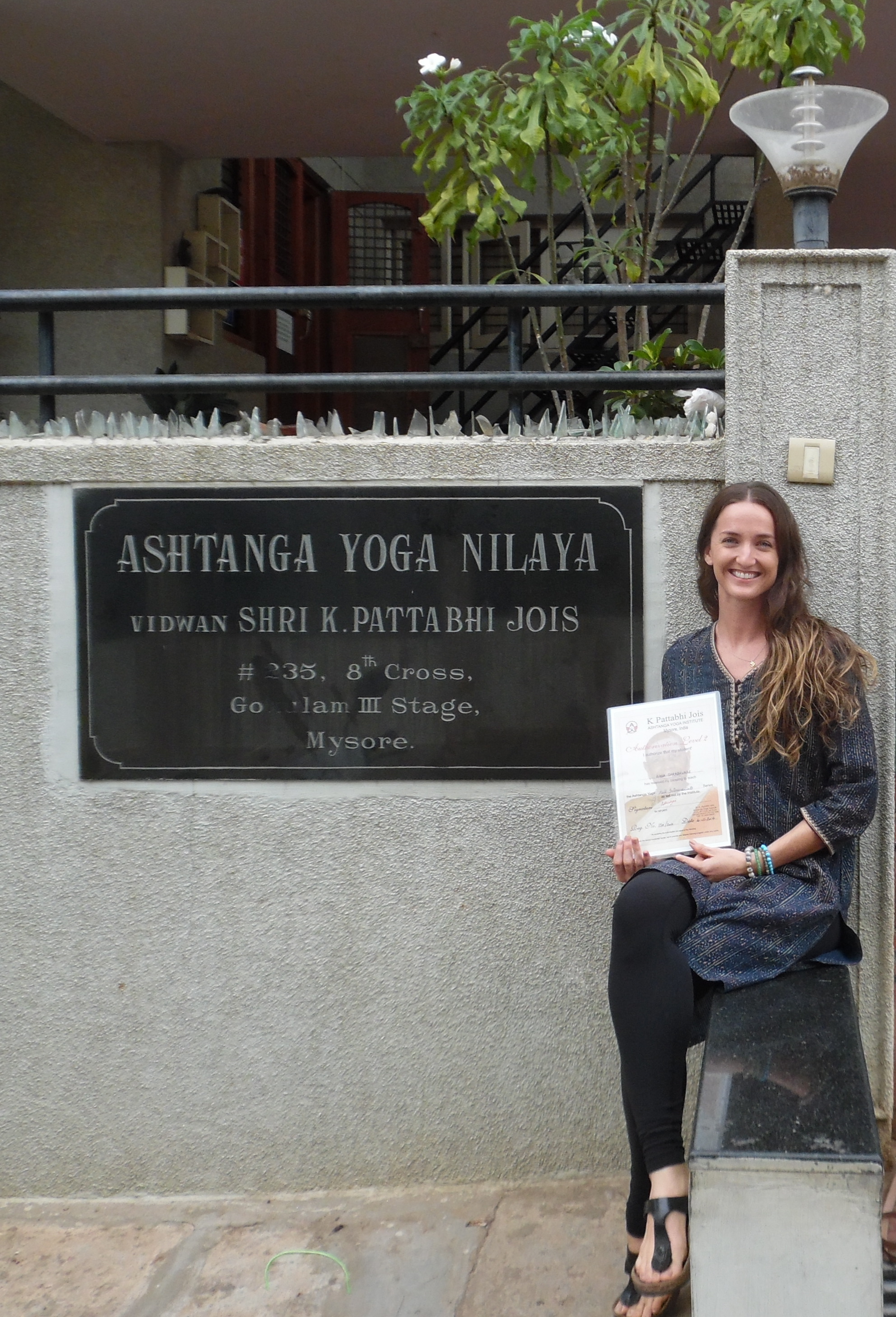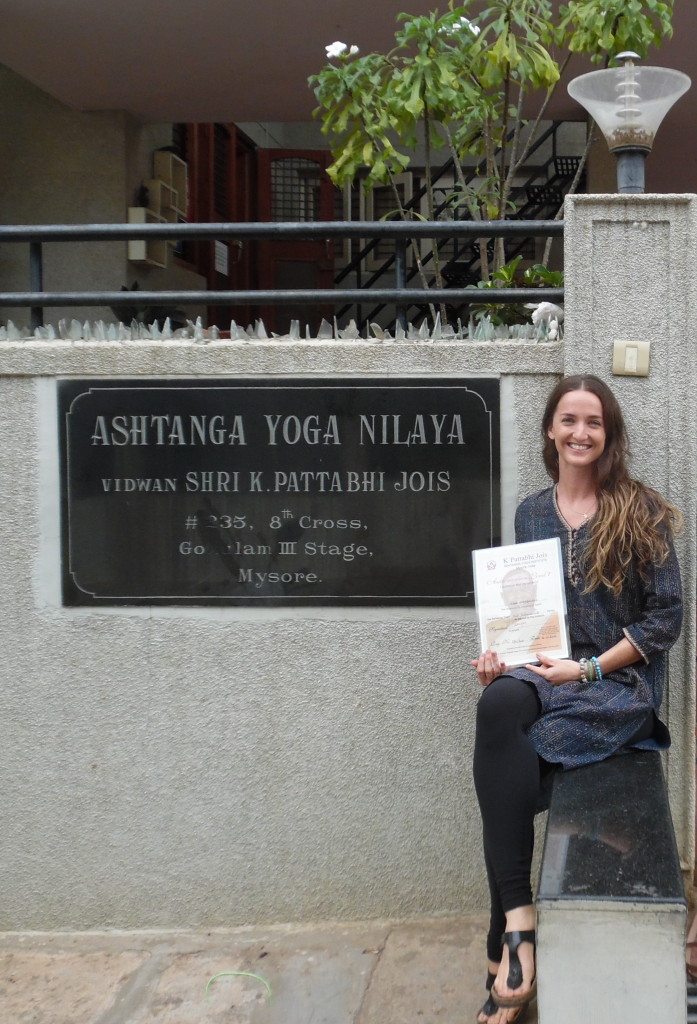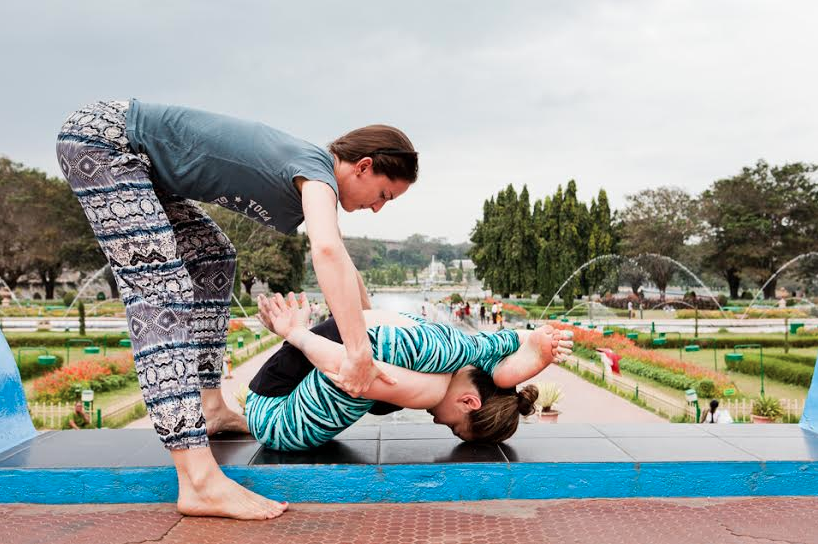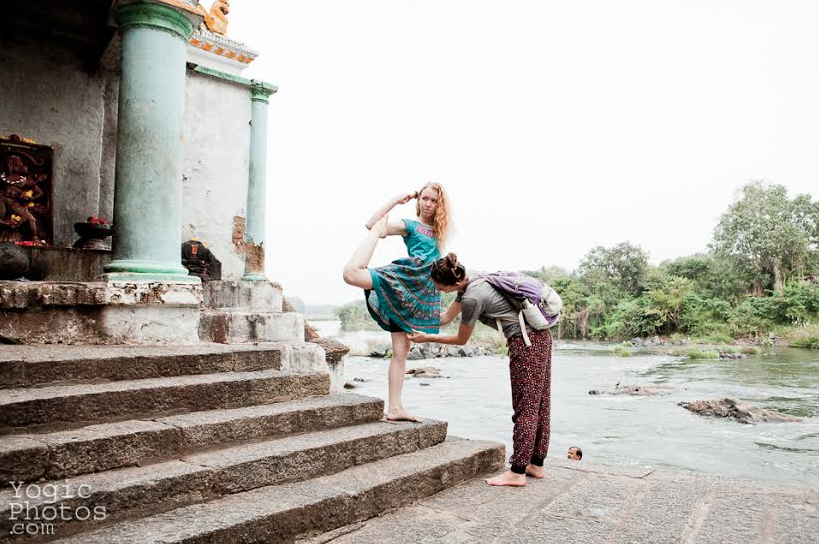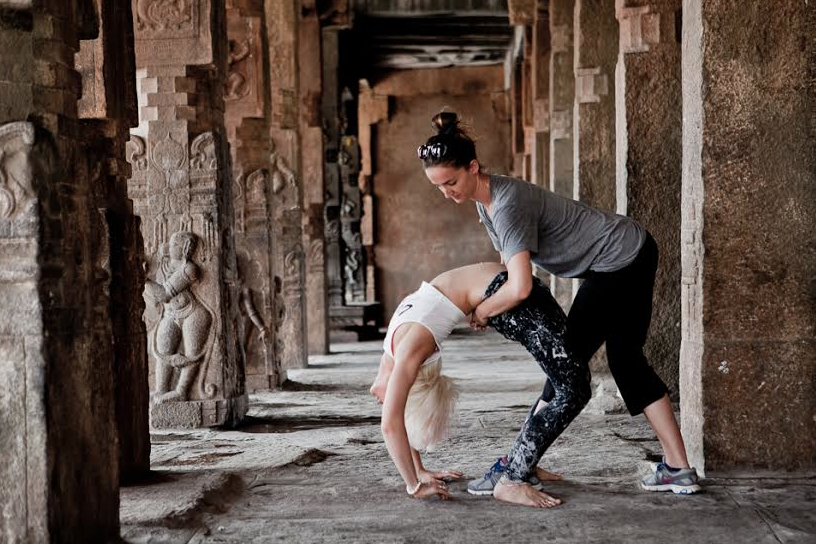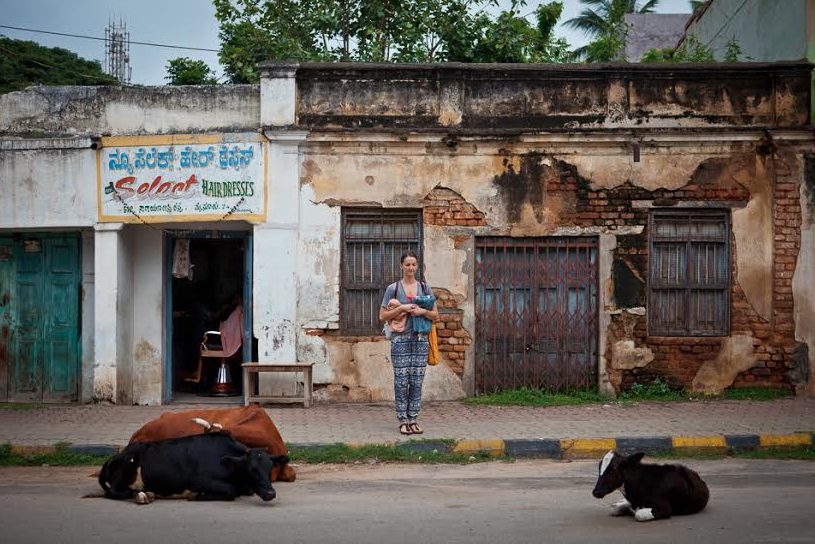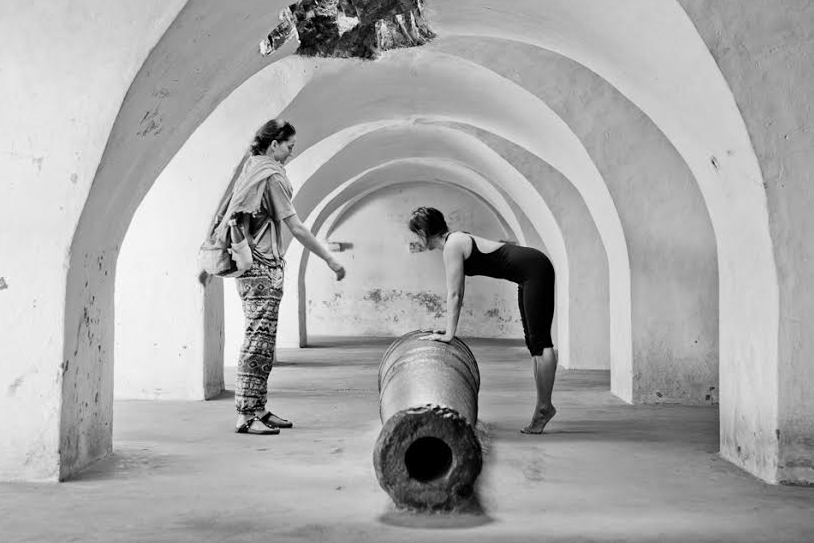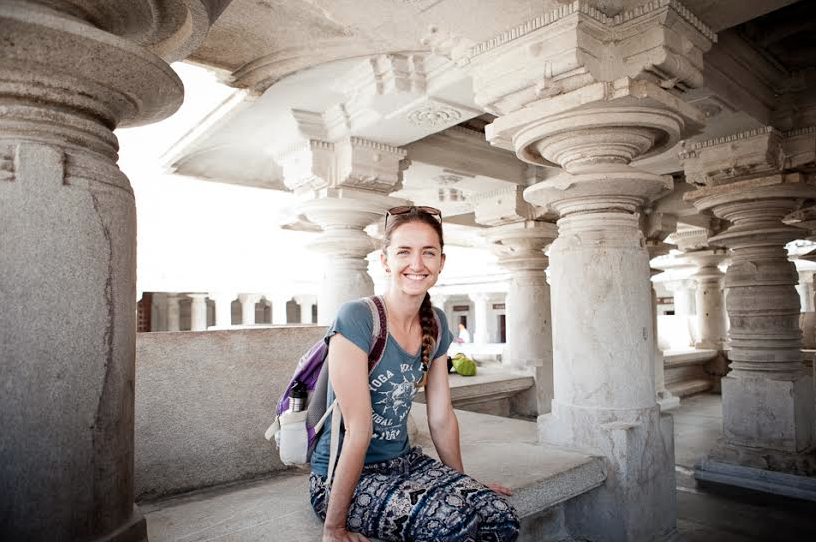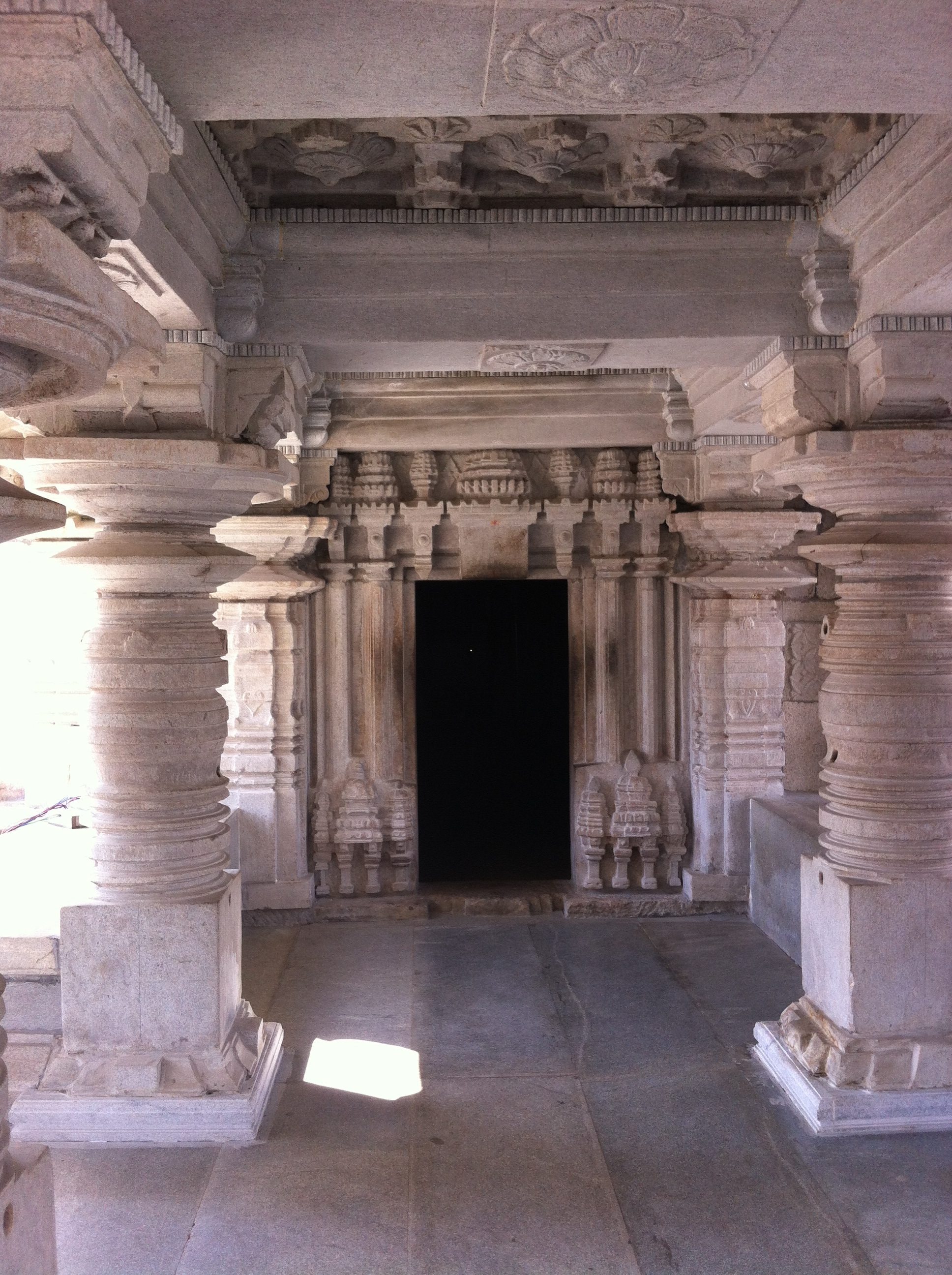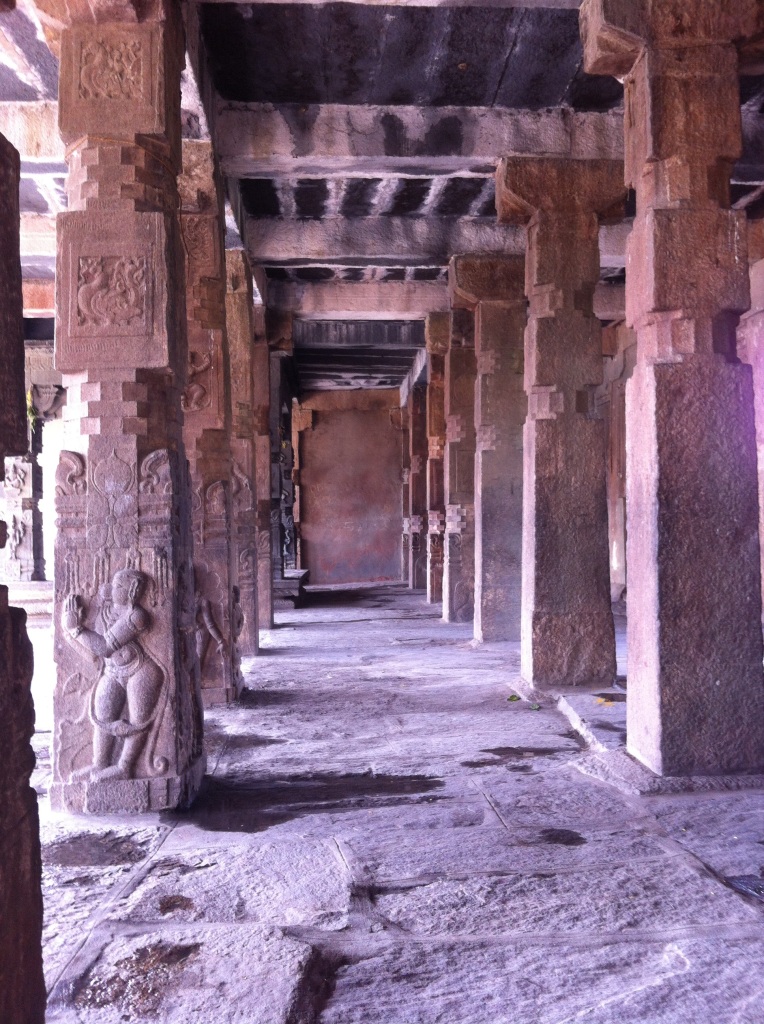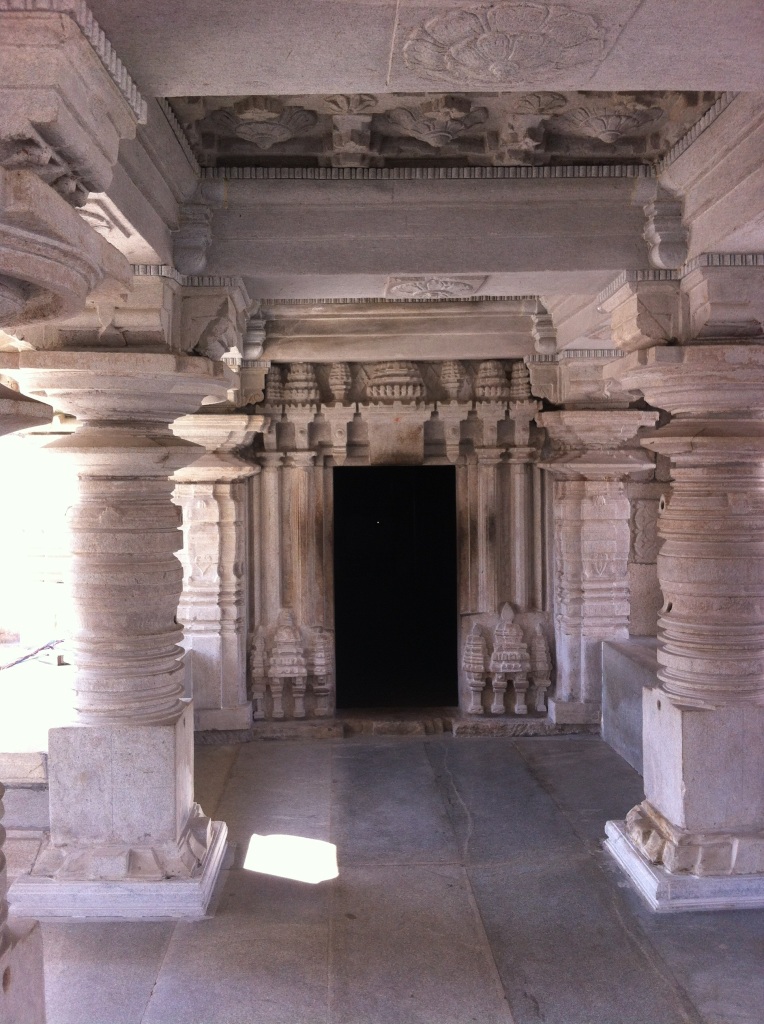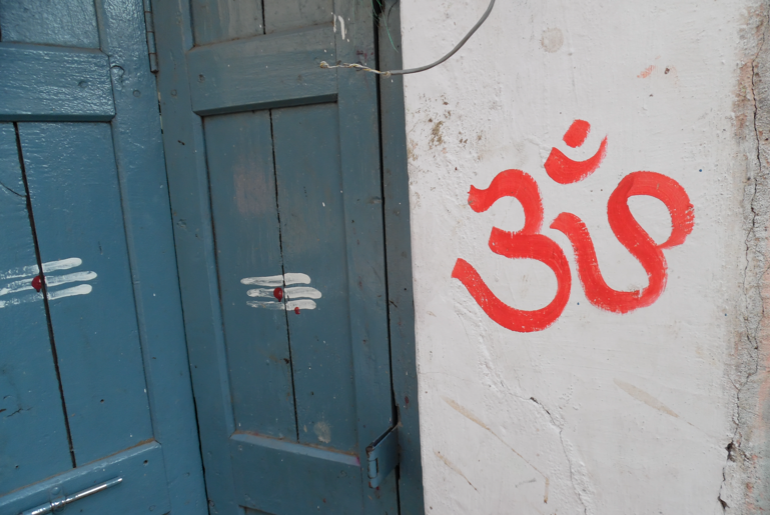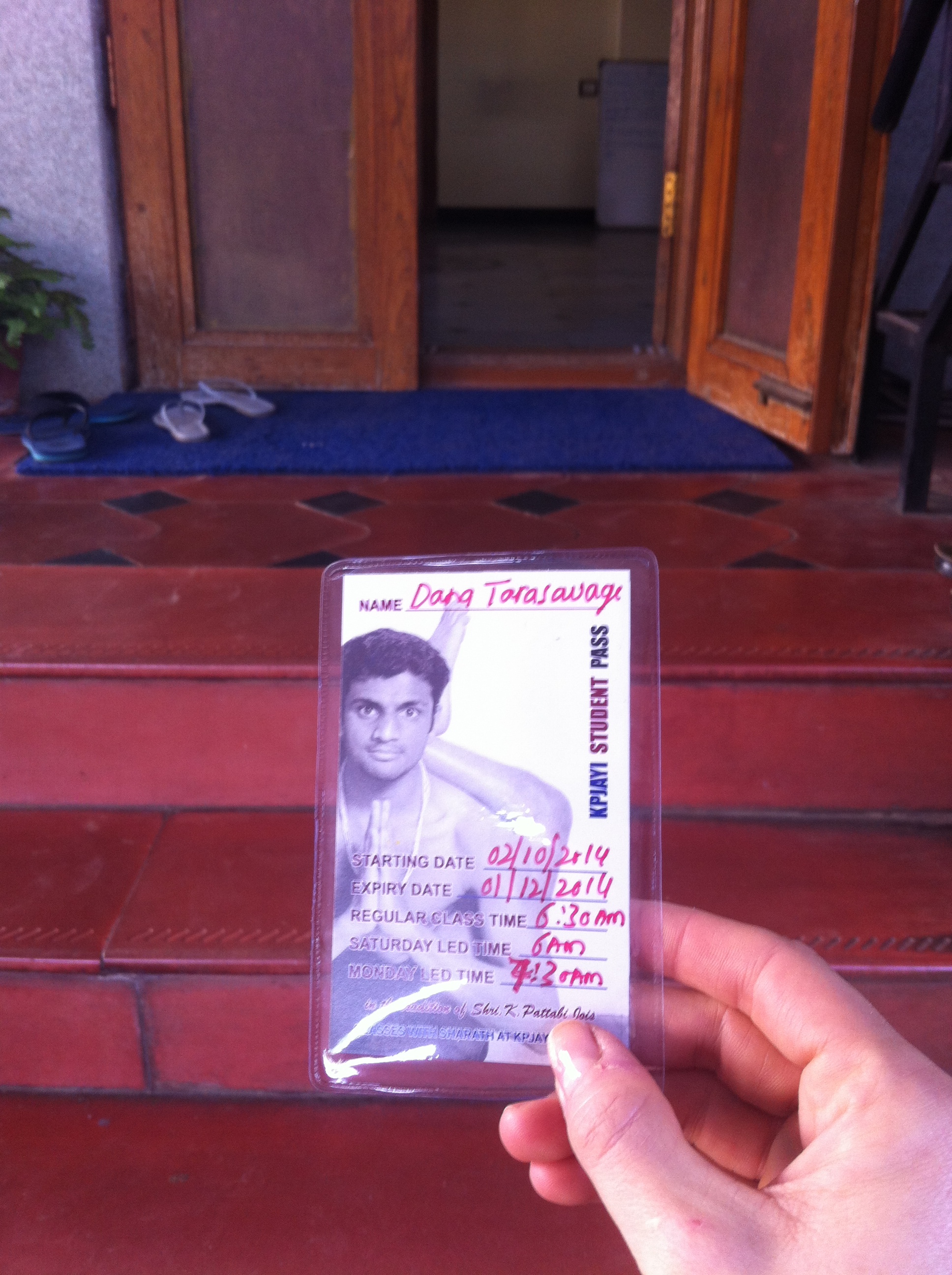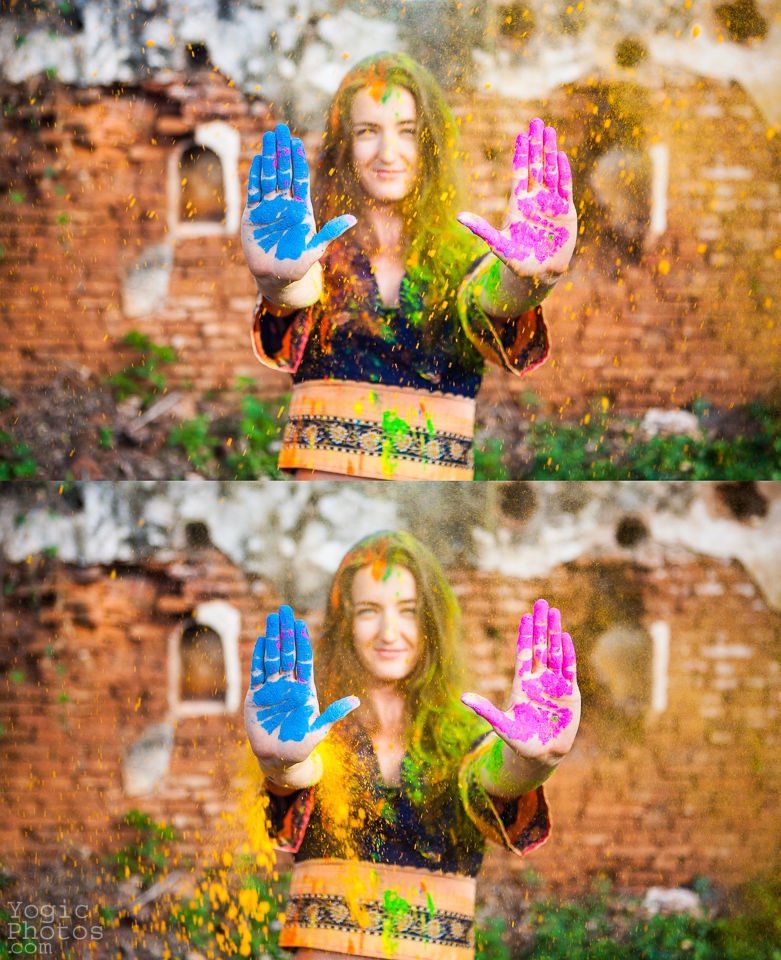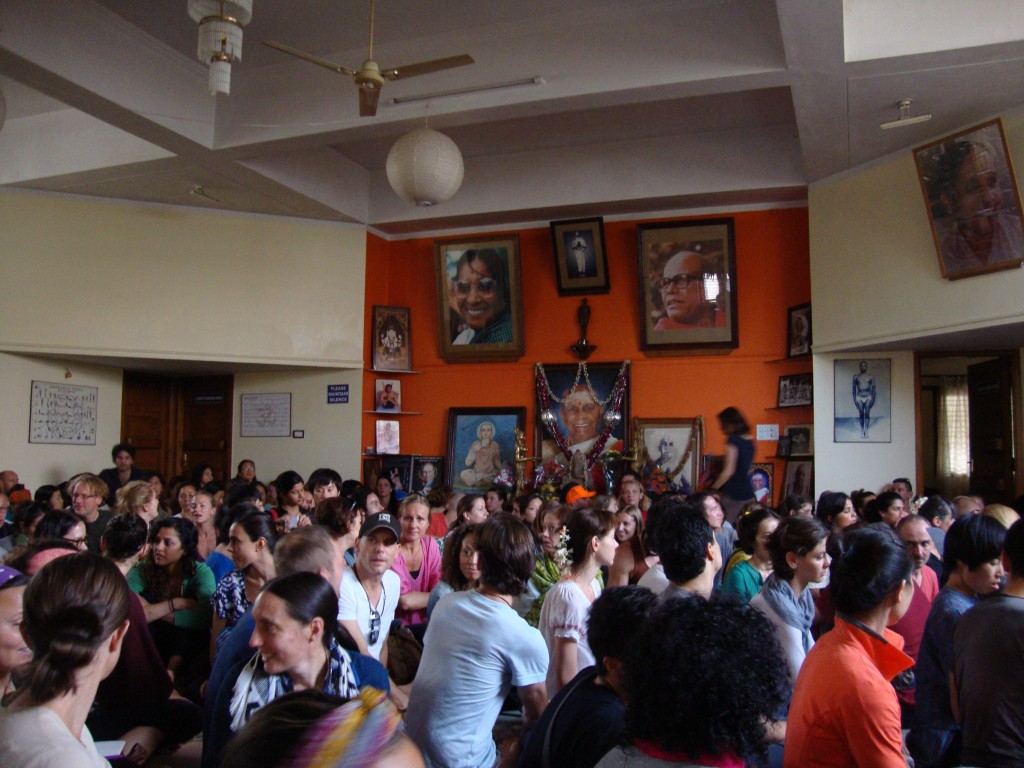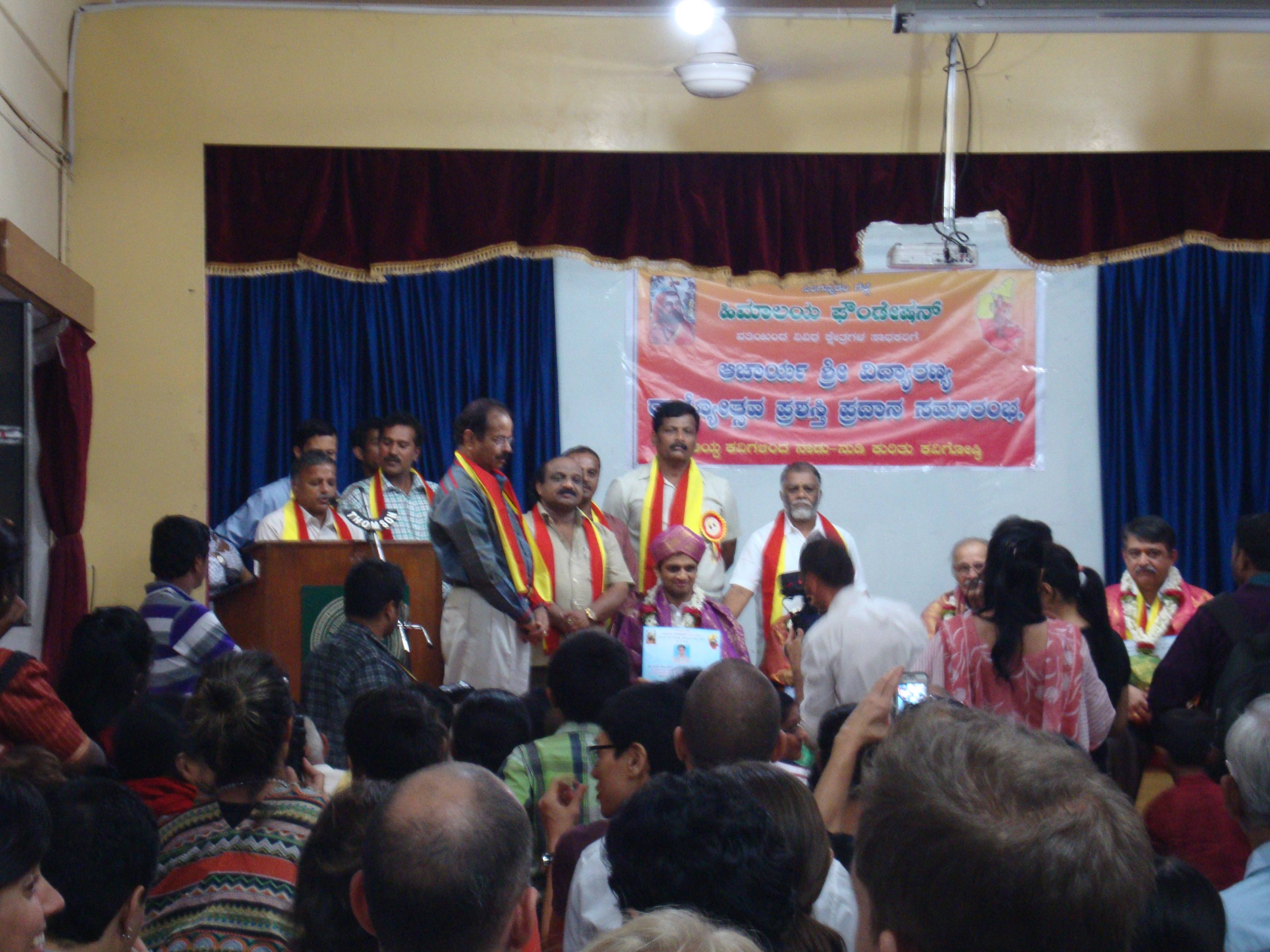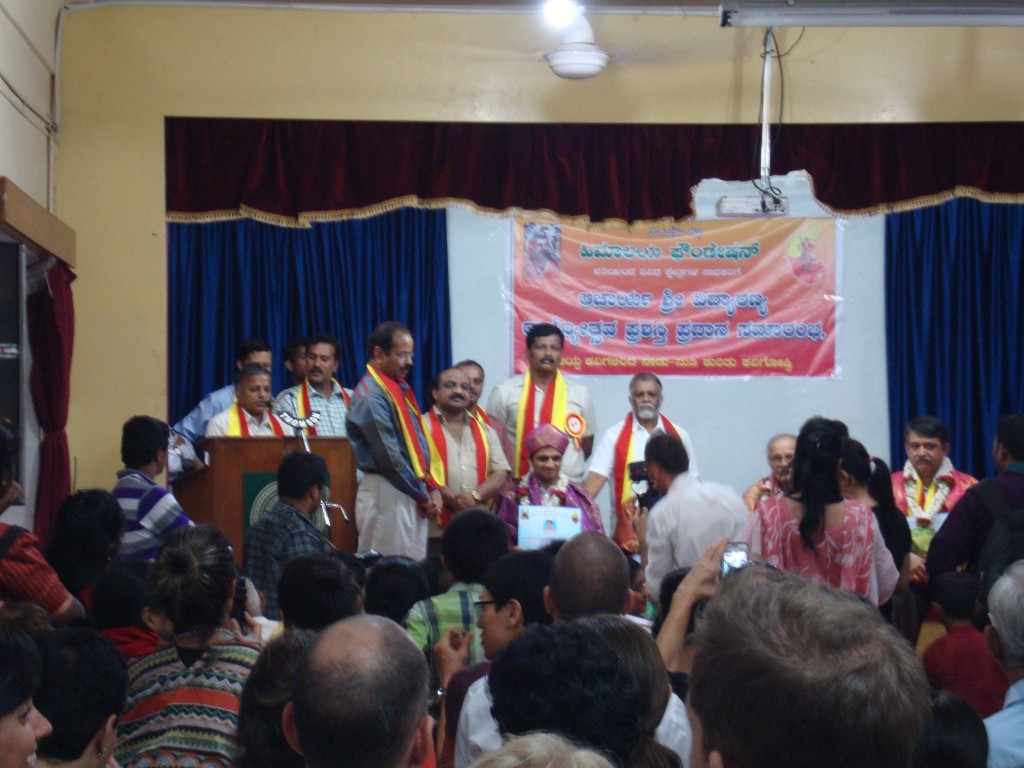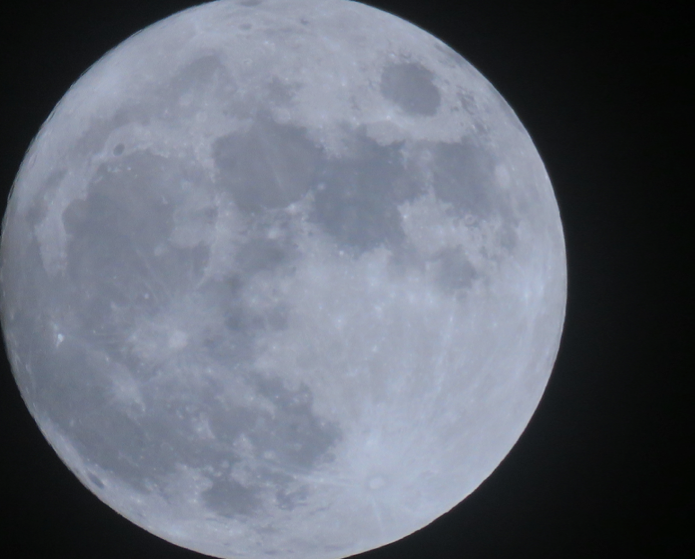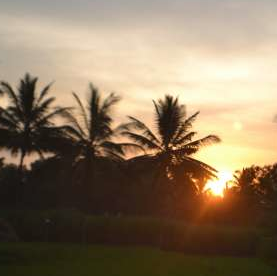Two days ago I arrived in India for my fifth trip to study yoga at the KPJAYI in Mysore. So many things have changed since I made my first trip five seasons ago. I’m much more relaxed and strong now than I was then, so much more comfortable in the practice and in teaching, and more secure being a traveler in a foreign country.
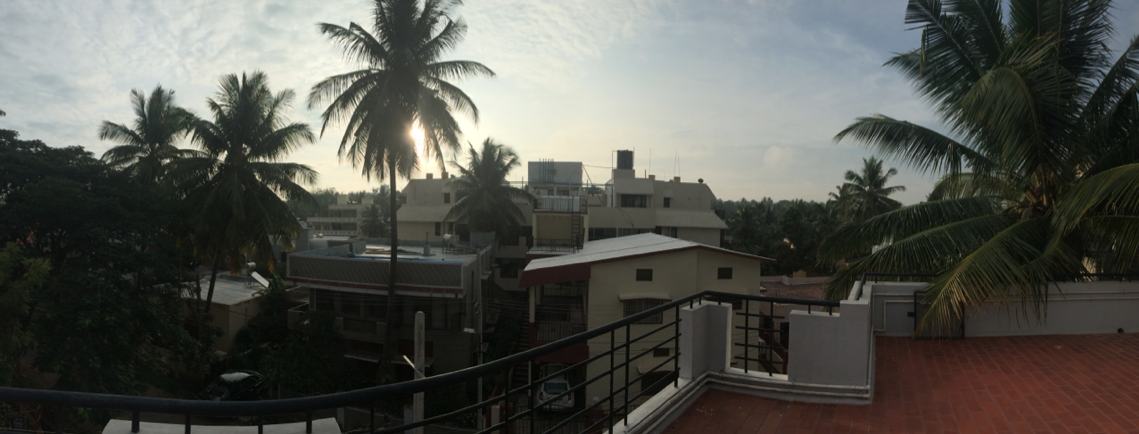
But in many other ways, nothing much has changed. Again I’m here in November and just like my first trip, after I leave India, I’ll travel to Israel to spend time with my boyfriend’s family.
Again, I find that I brought way too many clothes.
And, just like my first trip, on my very first morning of practice, I found myself locked inside my apartment complex; unsure if I’d make it out to class.
Let me take you back a few hours…
Unlike most people, I kind of enjoy the strange effects of jet lag, especially here in Mysore, when I need to wake up so unnaturally early. Yesterday I let jet lag lull me to sleep around 4pm, woke up at midnight, and spent a relaxing few hours enjoying the silence of pre-dawn south India, reading and preparing for Led Primary at 4:30am. By 3:25 I was showered and ready. Anyone who knows me knows that I’m chronically early, but after five seasons of waiting on those steps, I’d already decided not to try to get to the shala too early. So I left at a reasonable time, assuming a good number of students would already be there.
I locked my front door, grateful for such a comfortable apartment so close to the school, and made my way down to the front gate. I was surprised to see it still locked from the night, since I could have sworn I heard several students leave the complex before me. Nevertheless I dug my keys out. The landlord told me that whoever leaves first for the morning can unlock the gate, so I’d been prepared for this.
I blinked through the pitch black, fumbled my key into the padlock, and turned. Nothing. I pulled it out and tried again. Stuck. I managed it take it out and tried three or four more times with no success. By then another student had come downstairs and she tried with her key as well…no luck. Our keys seemed to fit, but we couldn’t make any of them turn. Two more students joined us, all equally unsuccessful. (Now, I’ve had my fair share of drama with keys including managing to break a key inside a lock in Florida, and fighting with not one but two different apartment locks in Paris, one ending in tears and hours sitting in the stairwell, so it was actually reassuring to see that it wasn’t just me and my inability to use a key!)
But, let me take you back even further to November 2011: my very first practice morning of my very first season in Mysore. That year I was staying a solid 20-25 minute walk away from the shala with an Indian family who had never hosted a yoga student before. I had a tiny room on the family’s roof with a private entrance via an outdoor stairway. As I tried to leave quietly that similarly pitch-dark morning, I crept down the stairway and found it’s exit gate locked. I was totally alone: the only yoga student in the building. They hadn’t given me a key, most likely because they hadn’t anticipated I would be leaving in those pre-dawn hours.
What could I do? I had no way to climb out, and desperately wanted to attend my first practice. So, I knocked on their door. The family was fast asleep and didn’t stir, but the daughter, a girl around my age, was walking through the living room on her way to the bathroom. She squinted out the window, saw me, shrieked at the top of her lungs and ran, terrified that all her worst nightmares were coming true and a strange white woman was indeed trying to break in! Thankfully the father, realizing it must be me, his new yogi tenant, woke up and let me out. After quite a few embarrassed apologies, I made it to practice that very first day.
Back to this morning, years later, surrounded by fellow students, locked in again on my first day, I couldn’t help but laugh.
What could we do?
We threw our mats over the gate and climbed out, and again, I made it to practice today.
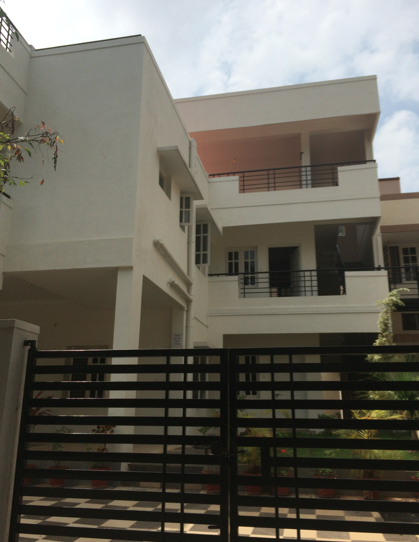
So, what I’m trying to say is that getting there isn’t always easy. We get locked in, sometimes literally, but more often metaphorically. We might have to ask for help, to climb fences, or make sacrifices, but it’s almost always worth it to get to practice. To meditate. To go to a yoga class. To do anything that makes us better. Usually, it’s us locking ourselves in because of stories we’ve told ourselves or ones others have told us and we’ve decided to believe.
It’s not often an actual gate locking us in, but rather it’s us actively creating obstacles that leave us locked inside our own excuses.
But if we can get past them,
if we dare to climb over,
if we can ask others for help,
if we attempt to start to undo the stories we’ve told ourselves,
…something remarkable is usually waiting.
